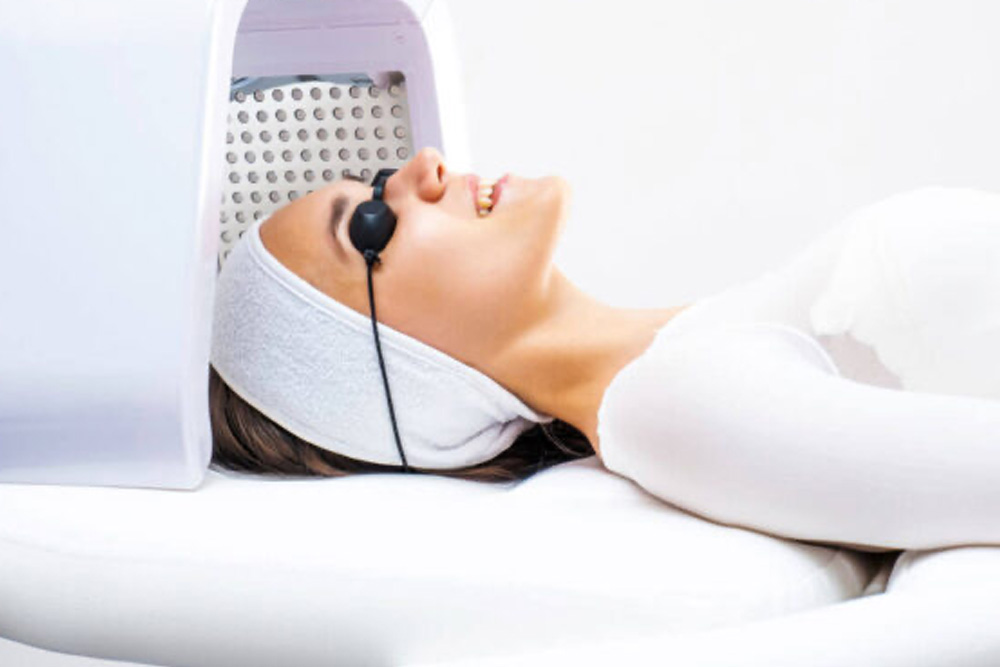Phototherapy
Use Light to Control Psoriasis
Light can be the cause of many skin problems, from wrinkles to cancers, but when properly and carefully applied by a dermatologist, it can also be used to heal. Most broadly, the term “phototherapy” applies to any treatment that involves consistent medical exposure to ultraviolet light. These exposures can impact large portions of the skin, or be targeted at very specific regions. Phototherapy at the Long Beach area’s Patient Preferred Dermatology is a light-based treatment that can help improve psoriasis and other skin conditions. The Patient Preferred Dermatology team uses phototherapy primarily for managing the symptoms of psoriasis. Though this chronic skin condition has no cure, light-based treatments can reduce the severity of the disease.
Find out more about phototherapy in the Long Beach area, as well as other details, by calling Patient Preferred Dermatology today. We serve Los Alamitos, Cerritos, and all of Orange County. Dial (562) 430-4294 or set up a consultation online.

Sunlight delivers two types of ultraviolet radiation, known as “A” and “B.” Basic phototherapy could be achieved by having the patient expose their skin to small, controlled amounts of natural sunlight. However, the patient should be under the care of a doctor and be advised not to undergo too much exposure, since an excess of ultraviolet radiation can actually worsen symptoms. When it comes to treating patients with psoriasis or other skin diseases in the office with a phototherapy light box, dermatologists primarily use UVB, the “B” type of ultraviolet radiation, which can be administered as either a broad or narrow bandwidth. Both band options work in a similar way, in that the radiation enters the targeted skin to slow cellular growth. The National Psoriasis Foundation reports show that UVB narrow band is the recommended therapy for clearing psoriasis most quickly. Since narrow-band UVB is more intense, it may cause sunburn-like redness and irritation as a side effect. This typically resolves on its own, though healing may take longer than with broadband UVB. Compared to previous regimens, studies indicate that fewer weekly narrow-band UVB treatments are equally effective, and the remission window lasts longer.
How Does Phototherapy Work?
Phototherapy involves multiple sessions administered over time. The affected skin is exposed to specific wavelengths of light, optimally three to five times a week for four to six weeks. This cumulative light exposure suppresses the T cells (T lymphocytes) that influence rapid cell production, which in turn causes thick, scaly skin patches and plaques. As these cells are eliminated, inflammation is reduced, cell turnover slows down, and the thick buildup of skin layers diminishes. Damaged skin clears and becomes healthy skin. This treatment can also influence the skin disease to remain dormant for a considerable time.
There are many options for controlling the symptoms of psoriasis and other skin conditions. Phototherapy is considered a mild treatment, well suited for mild to moderate psoriasis. Other treatments include oral medications, injections, and creams and lotions. Because the condition can present in a variety of ways, with variations in severity and appearance from person to person, the treatment will be tailored to the patient.
More About Phototherapy
Phototherapy can also be used to treat some forms of dermatitis, particularly when it is chronic and uncomfortable. Talk to the Patient Preferred Dermatology team to learn what the light-focused treatment could do to make your skin as healthy, even, and clear as possible.
